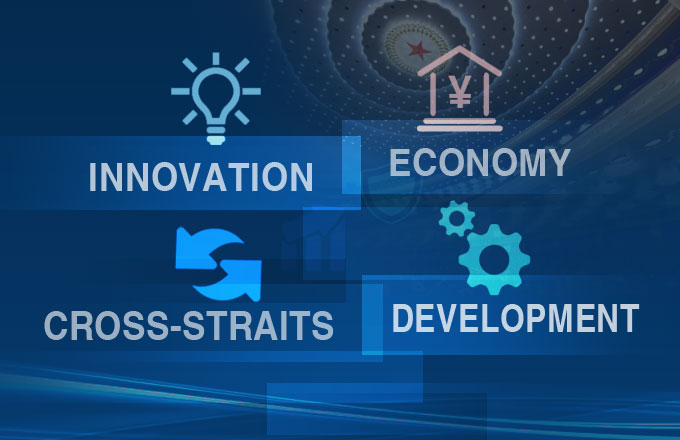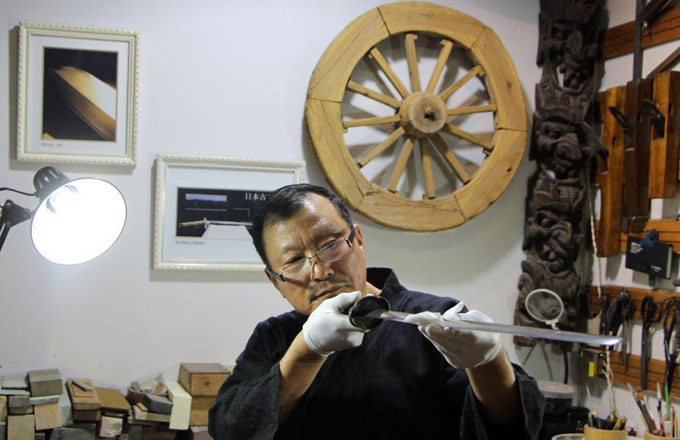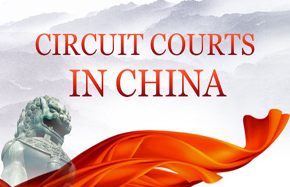Govt vows to further curb public spending
China's central government has pledged to slash 126 million yuan ($20.38 million) from its spending on public-funded vehicles, receptions and overseas trips this year, a move that experts said lives up to the new leadership's promise to be frugal.
Departments under the central government and organizations that receive public funds are planning to spend 7.97 billion yuan this year to buy and use cars, travel overseas and host meetings — collectively known as "the three public expenses" — the Ministry of Finance said on Thursday.
Spending on public receptions, which decreased 64 million yuan, or 4.3 percent year-on-year, will drop the most among the three.
Although laws require central government departments to release their budgets in 20 working days after authorities approve them, it is the first time that these departments included the three public expenses in the disclosure. Previously, the amount of public spending was usually withheld until July, when departments released their final figures from the previous year.
Experts said the budget cuts have echoed the pledge of the central leadership, which has made cutting red tape and reducing the number of ceremonies one of its priorities since its election.
China's new premier, Li Keqiang, has promised that public spending in the Cabinet will only go down — one of the three commitments he made in his first news conference as premier in March.
Before that, the new leadership of the Communist Party of China called upon officials in December to adhere to the "eight disciplines", which asks the governments to cut pomp, ceremonies, and bureaucratic visits and meetings.
Ye Qing, deputy director of the Hunan provincial Statistics Bureau, said the central government has made progress in slashing the three public expenses, although spending is still high and needs further reduction.
Specifically, the authorities have earmarked nearly 4.4 billion yuan — about 55.2 percent of the budget — for buying and maintaining vehicles, while the amount for overseas trips is 2.1 billion yuan, and about 1.4 billion yuan for public receptions.
"It is astonishing that officials spend nearly 4.4 billion yuan on using cars each year. Reform of car use is imminent," Ye said.
This year marks the fourth time that government departments and public-funded authorities have revealed their revenues and expenditures since the introduction of rules on government spending required them to do so in 2008.
As of 8 pm on Thursday, more than 80 departments under the central government had released subordinate accounts.
The statement from the Ministry of Finance said the railway authority, the national health and family planning commission and other departments that are being restructured will not be included in this round's disclosure. They will only release their budget sheets after the reshuffle is finished, it said.
This year's fiscal reports distinguish them from previous practice, as most of the new reports include detailed explanations of the expenditures, indicating efforts to include fiscal information that could be too complex for members of the general public to understand.
Wang Xixin, a professor at Peking University, said it is progress to release the explanation along with the budget, compared with the early days of fiscal disclosure, when governments handed out one-page sheets for public scrutiny.
























